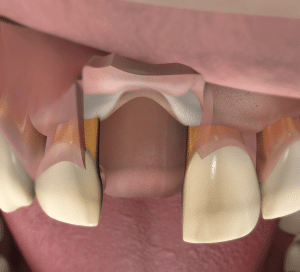Bone Grafting
Bone Grafting in Iran
Best bone grafting clinic in Iran
More than 35.000 Iranian and foreign patients are going under the bone grafting clinic in Iran each year. bone grafting clinic in Iran is on top of the middle-east regarding its skilled specialists and surgeons. Here are the best clinics for bone grafting in Iran:
- Peris clinic
Bone grafting cost in Iran
There is a significant difference between the cost of bone grafting in Iran and other countries. The most important factors for the low price of it in Iran are:
- A large number of bone grafting clinic in Iran
- A large number of applicants for bone grafting in Iran
Bone grafting surgery cost in Iran varies depending on the bone grafting and the clinic. An average cost of bone grafting in Iran is
Bone grafting cost in Iran in comparison with other countries
This treatment costs $3,000 in the U.S., $1,600 in Europe, $1,000 in Thailand and $900 in Turkey.
Best bone grafting surgeon in Iran
More than 70.000 dental surgeries are being performed each year in Iran. Experienced Iranian doctors with an excellent record are performing the operations. One of the most important factors for choosing a good surgeon for bone grafting in Iran is the doctor has done many bone grafting.
You can find the best doctors for bone grafting in Iran on our website by following their experiences.
Why should you travel to Iran for a bone grafting?
Many patients travel to Iran for bone grafting. One of the reasons for this matter is Iranian specialists and surgeons who have high surgery success rates.
- Low cost of bone grafting in Iran
- Low cost of accommodation in Iran
- Well experienced doctors
- The high number of bone grafting in Iran
Bone grafting centres accordant with today’s European standards are performing the highest quality operations in Iran. Another reason for bone grafting in Iran is its lower cost compared to other countries.
How long should I stay for bone grafting in Iran?

About Bone Grafting
When a bone which surrounds the root of the tooth is damaged or loosed, the person needs bone grafting. This method involves replacing the affected bone with a new one. This bone may be a person’s bone or an artificial bone. The purpose of the bone graft is to keep the teeth in place and help them grow again. Bone grafting is a great solution to replace bone tissue, which leads to bone regrow.
Types of bone grafting
- Autografts: An autograft, also referred to as an autologous or autogenous bone graft, is bone taken from the patient’s own body
- Allografts: An allograft is usually harvested from deceased donors
- Xenografts: A xenograft is taken from an animal source, typically a cow or pig.
- Alloplastic Grafts: An alloplastic graft is composed of a material that is not taken from an animal or human source. Alloplastic grafts can be derived from natural sources (such as elements or minerals), synthetic (human-made) substances, or a combination of the two
Recommended for
- Patients with bone loss and other preexisting condition
Before Bone Grafting
At first, an expert dentist examines the affected area and the general condition of the teeth and gums and also checks the medical history and all the medications taken include over-the-counter drugs, vitamins and supplements. The dentist also uses a radiographic image to assess the depth and width of the needed bone accurately. Sometimes, a CT scan is used for further investigation. Based on the results, the dentist will decide about the surgery plan.
During Bone Grafting
With the local anaesthesia, the area that needs a bone graft (the recipient area) and the area where the bone is removed (the donor area), both are anaesthetised. The dentist makes an incision in the gum area, which is supposed to be grafted, to determine the amount and type of the needed bone. The donor’s bone is placed by using a titanium screw in its new place. Then a mixture of the patient’s bone marrow and another bone graft material is placed around the edges of the grafted bone. In the end, the surgeon places a protective layer over the grafting site and closes it.
Recovery
After surgery, with the loss of the sense of numbness, the patient will feel a little pain. Usually, this pain can be controlled by using painkillers and anti-inflammatory drugs, putting ice packs on the skin. This discomfort lasts for only a few days. In addition to the painkillers, the patient will receive antibiotics, and an antibacterial mouthwash and patient will be advised not to take some foods and not to put pressure on the area until healing is completed.